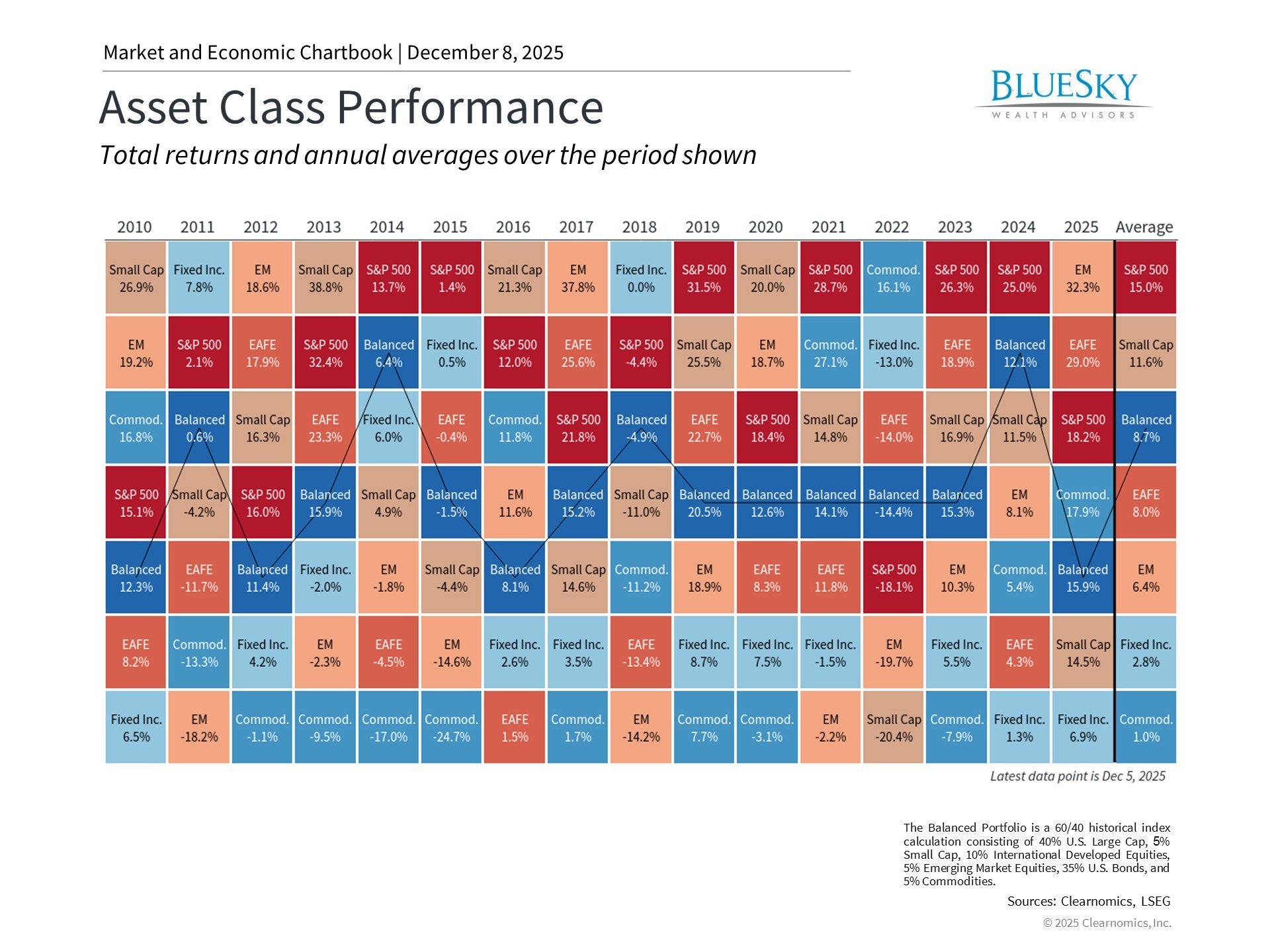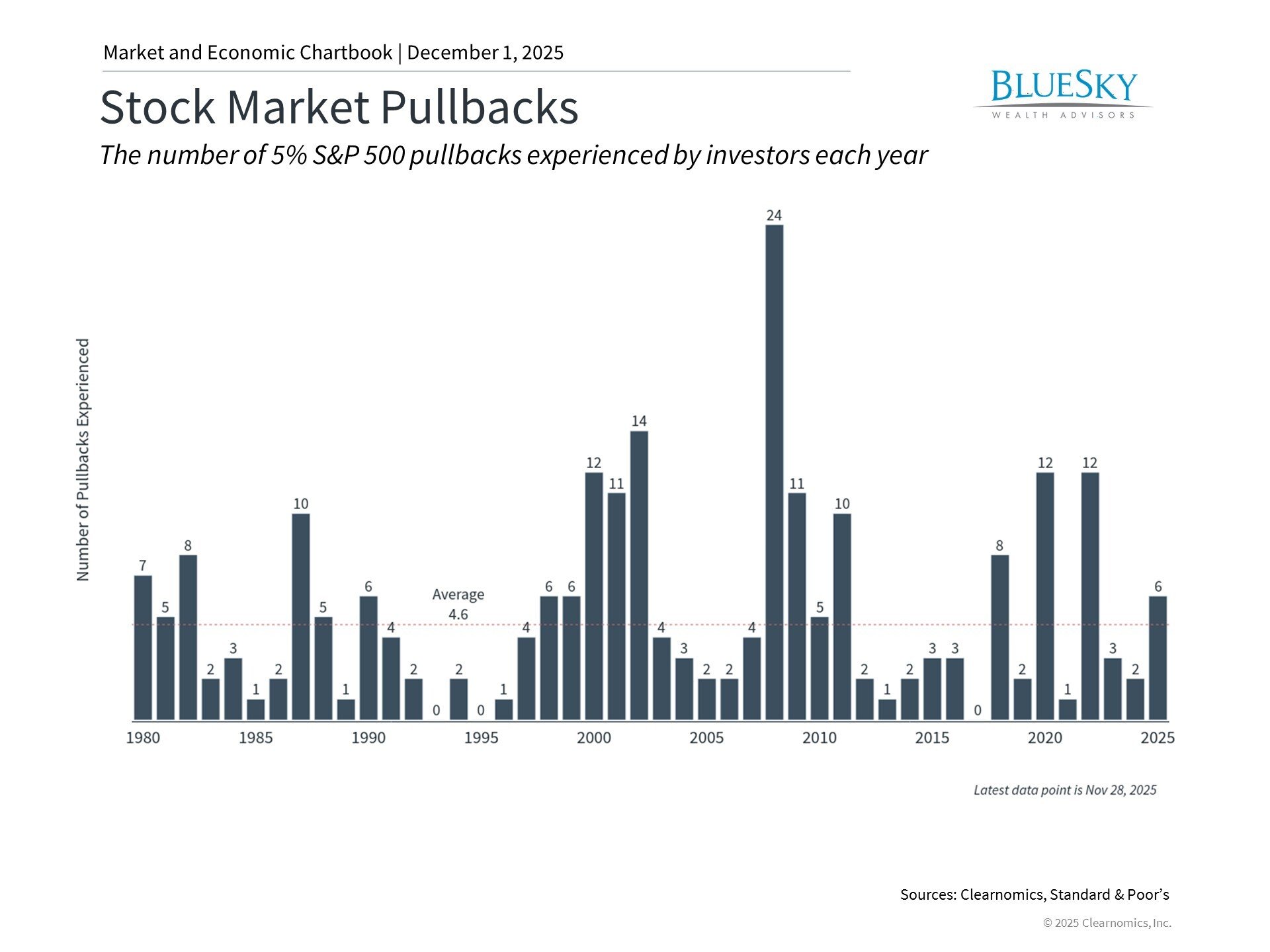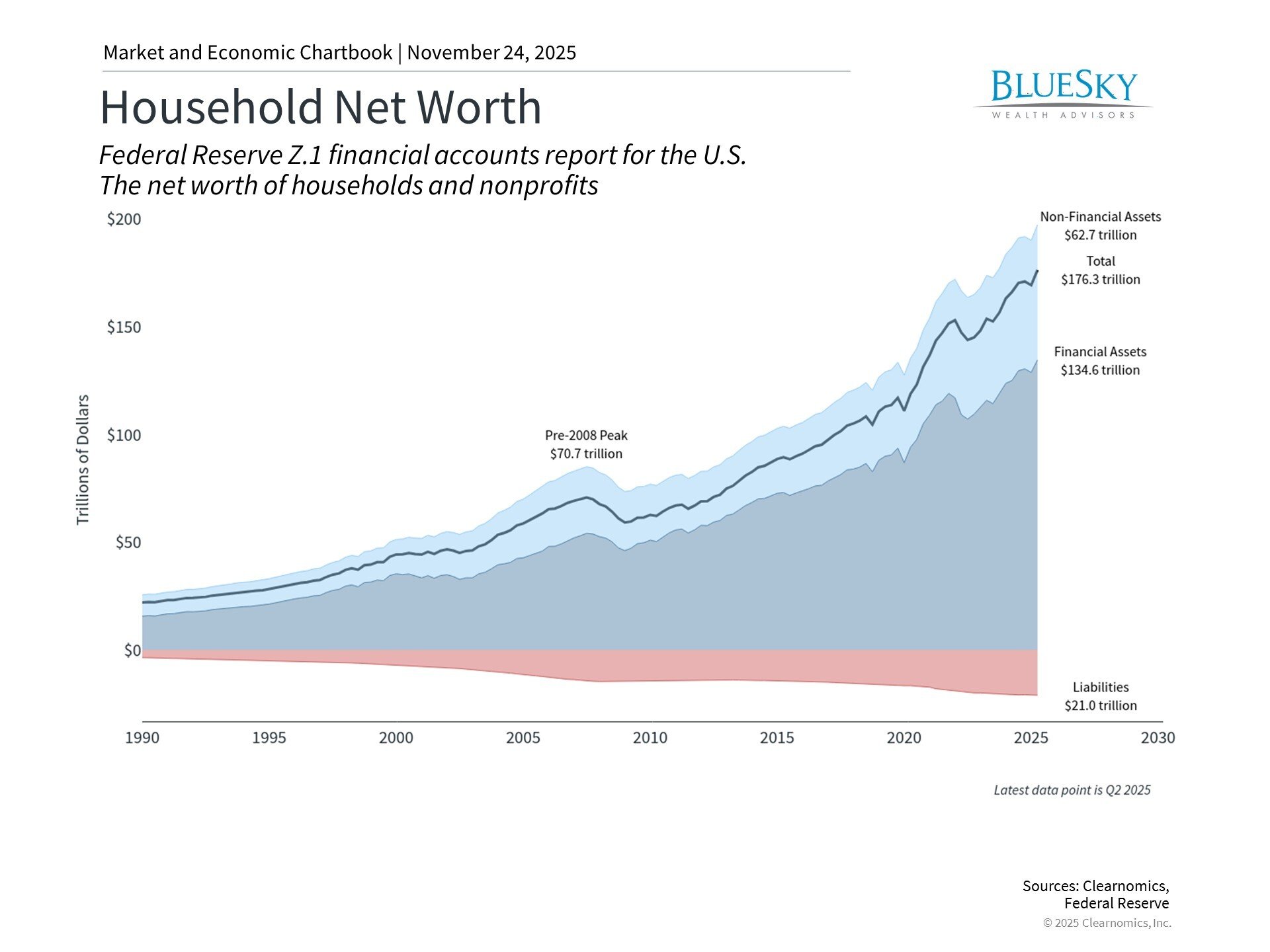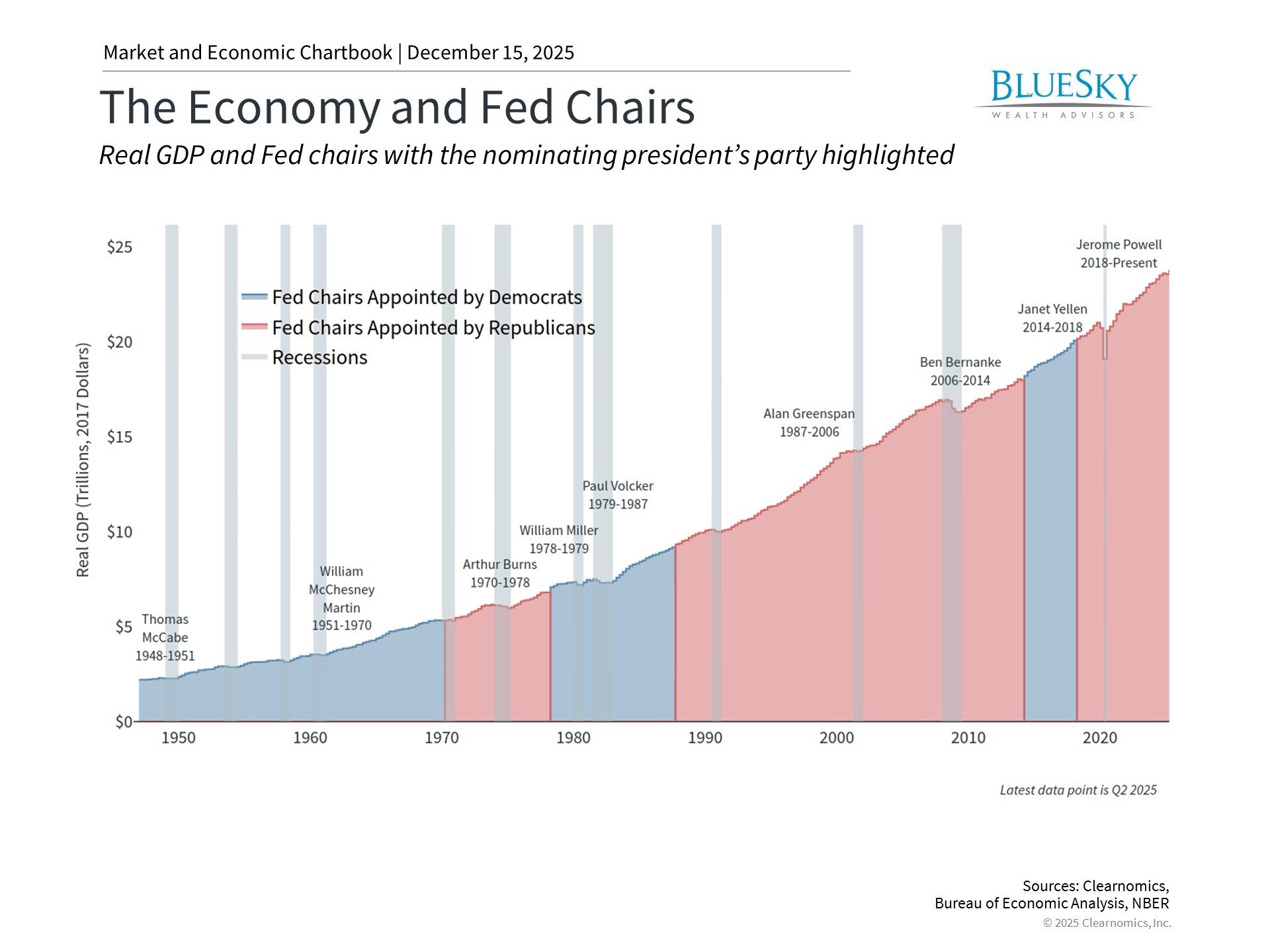
What Are the 7 Different Focuses of Thematic Investing Styles
What Are the 7 Different Focuses of Thematic Investing Styles

Traditional investing methods have taken a backseat to more specialized approaches in today’s ever-evolving financial landscape. Thematic investing has gained traction recently as investors seek to capitalize on emerging trends and industries. This unique strategy involves identifying particular themes or trends in the market and building a portfolio around them.
With its focus on long-term growth potential and diversification, thematic investing has become increasingly popular among individuals and institutions. In this article, we’ll explore the seven focuses of thematic investing styles and how they can enhance your investing style. Keep scrolling to learn more.
What is Thematic Investing?

Before diving into the seven focuses of thematic investing, let’s first define what this strategy entails. Thematic investing involves identifying macro-level themes or trends shaping the market and building a portfolio around them. Unlike traditional investment advice focusing on individual companies or sectors, thematic investing takes a more holistic approach by considering the bigger picture.
Investors can capitalize on emerging trends and potentially achieve higher returns by focusing on specific themes, such as renewable energy or artificial intelligence. This approach also allows for diversification as portfolios are built around multiple themes rather than a single company or industry.
The 7 Different Focuses of Thematic Investing
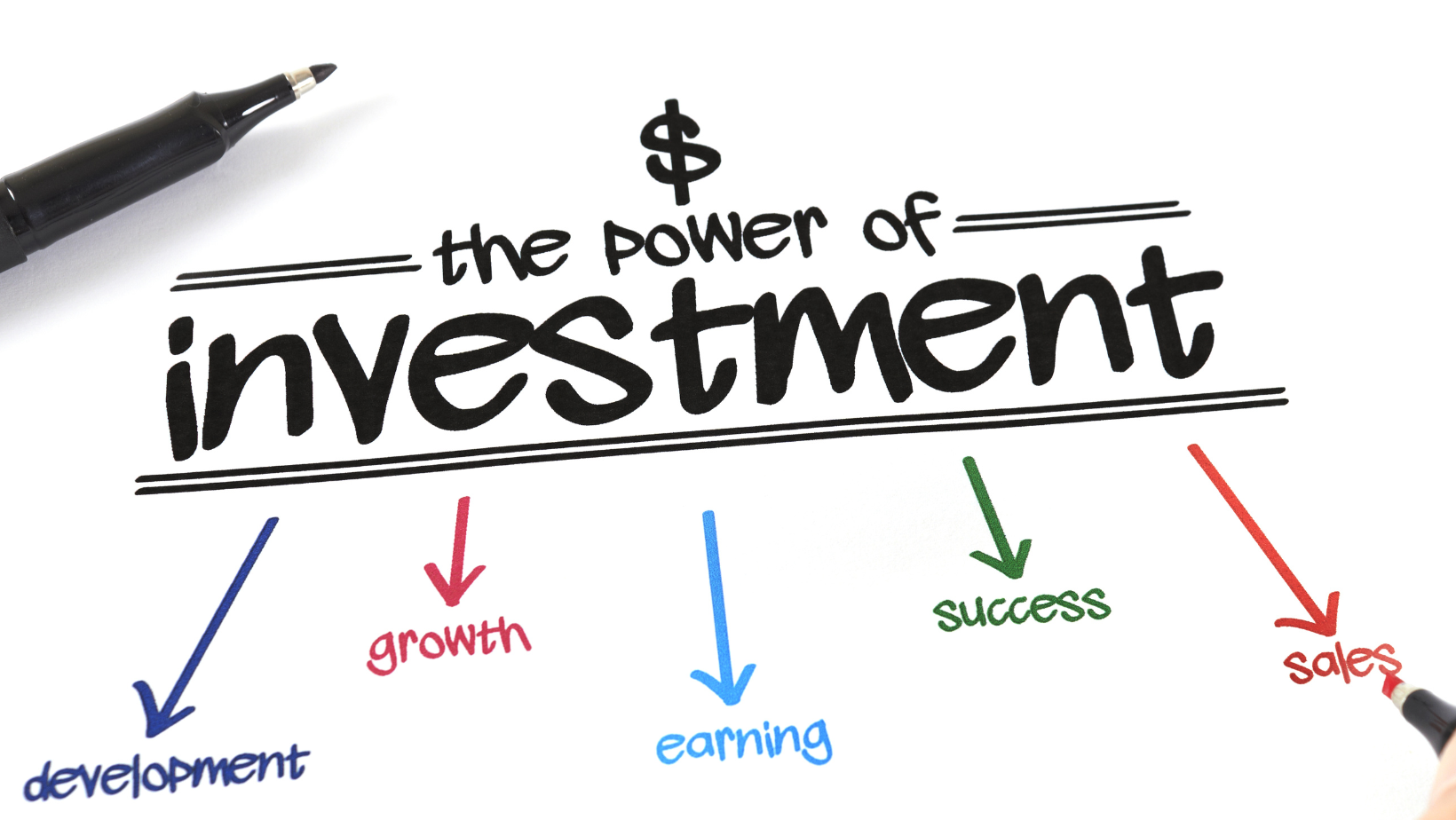
With its broad scope, thematic investing can encompass many themes and trends. However, there are seven main focuses that have emerged as popular choices among investors.
1. Environmental, Social, and Governance (ESG)
Thematic investing with an ESG focus revolves around companies prioritizing ethical and sustainable practices. These businesses are environmentally conscious, socially responsible, and have robust governance policies. By sector investing in such companies, you support positive societal impact and position your portfolio for potential growth as they thrive.
Consider investing in a renewable energy company specializing in solar panels and deeply committed to reducing carbon emissions. This choice aligns with your values and positions your portfolio for growth, leveraging the increasing demand for renewable energy sources. Embrace the power of ESG-focused thematic investing, where financial gains and positive impact go hand in hand.
2. Megatrends
Megatrends are powerful and transformative forces that have the potential to reshape our future and impact the global economy. As an investor focusing on megatrends, you can identify these significant shifts, such as demographic changes, urbanization, and technological advancements, and leverage them to create a forward-thinking portfolio. For instance, consider the aging population an inevitable and widespread trend.
By targeting companies driving innovation in the healthcare sector, such as those developing cutting-edge medical devices or offering telehealth services, you anticipate future needs and invest in a fund category likely to see increasing demand as populations age. This strategic approach allows your portfolio to benefit from the demographic shift as these companies become integral in addressing the challenges and opportunities an aging society presents.
3. Disruptive Innovation
Disruptive innovation, game-changing or breakthrough technology, can significantly impact industries and markets. These innovations challenge the status quo and create new opportunities for growth and investment. By focusing on disruptive innovation, you can identify companies at the forefront of change and leverage their potential for substantial returns.
For instance, consider investing in a company that pioneers 3D printing technology. This innovation can disrupt traditional manufacturing processes and open up new possibilities in various industries, from healthcare to aerospace. Investing in this disruptive technology positions your portfolio for potential growth as it revolutionizes industries.
4. Demographic Shifts
Demographics are crucial in shaping consumer trends and demand for products and services. By identifying demographic shifts, such as changes in age or income, investors can anticipate future market needs and position their portfolios accordingly.
For example, millennials are now the largest generation in the workforce and have distinct preferences when it comes to consumer goods. As a thematic investor, you may invest in companies catering to this demographic’s demands, such as sustainable and socially responsible brands.
5. Regional Focus
Another focus of thematic investing is targeting specific regions or countries experiencing significant growth potential. By identifying emerging markets with favorable economic conditions, investors can capitalize on this growth through targeted investments.
For example, consider investing in Southeast Asian companies, where rapid urbanization, a growing middle class, and increasing technology adoption drive economic growth. By focusing on Southeast Asia’s regional growth trend, you can benefit from the region’s expanding economies and thriving industries.
6. Sector-Specific
In contrast to traditional sector-based investing, thematic investors focus on particular sectors that align with specific themes or trends. For instance, an investor interested in the increasing demand for alternative energy sources may choose to invest in companies operating in the renewable energy sector, such as wind or solar power.
By targeting specific sectors related to a theme, investors can diversify their portfolios and capitalize on emerging industry trends. This approach also allows for a more targeted investment strategy rather than broad market exposure.
7. Technological Advancements
Technological advancements have opened up new investment opportunities in artificial intelligence, automation, and blockchain. By focusing on these technological trends, investors can stay at the forefront of innovation and capitalize on significant growth potential.
For example, consider investing in a company developing autonomous vehicles. As this technology continues to advance and become more widespread, it has the potential to disrupt traditional transportation methods and create new investment opportunities.
Benefits of Thematic Investing

Thematic investing offers a suite of benefits that extend beyond traditional investment strategies. Some of the most significant advantages include the following:
Exposure to Emerging Trends and Industries
Thematic investing offers a compelling advantage: the ability to tap into emerging trends and sectors poised for exponential growth. By directing your exchange-traded funds towards these pioneering areas, you go beyond following traditional market indicators and instead align your portfolio with the trajectory of innovation and societal transformation. For instance, the nascent trend of electric mobility and the seismic shift in transportation.
Investing in specialized firms focusing on electric vehicle technology, battery storage, or charging infrastructure exposes you to an industry skyrocketing due to the global demand for sustainable travel options. This prescient approach amplifies your potential financial returns and positions you among the vanguard of investors, shaping the future landscape of global markets.
Diversification
Thematic investing also allows for greater diversification within your portfolio. Focusing on specific themes or trends can spread your investments across different industries and regions, reducing risk exposure to any single company or sector. This approach is particularly beneficial when traditional market sectors may be experiencing volatility.
Additionally, thematic investing enables diversification beyond geographic boundaries. You can invest in companies from various regions worldwide by targeting emerging trends and industries, further diversifying your mutual funds. You can also diversify across different market capitalizations, from small and mid-cap companies to large multinational corporations.
Long-Term Growth Potential
Long-term growth potential is a significant attraction of thematic investing. By targeting emerging trends and industries, investors can anticipate long-term market needs and benefit from companies’ sustained growth in those areas. This approach allows for a more patient investment strategy, focusing on long-term growth rather than short-term market fluctuations.
For example, investing in companies involved in renewable energy may provide steady returns over time as the world transitions to sustainable energy sources. Similarly, targeting demographic shifts toward millennials and their preferences can lead to sustained growth as this generation continues to shape consumer trends.
Flexibility and Adaptability
Thematic investing offers a high degree of flexibility and adaptability, making it an attractive approach for investors looking to stay ahead of market trends. Unlike traditional investment strategies that rely on broad market indices or sector-based allocations, thematic investing allows for nimble adjustments based on emerging themes and industries.
For example, if you have invested in a renewable energy theme and noticed a shift towards hydrogen fuel technology, you can adapt your portfolio to include companies in this emerging sector. This flexibility allows for dynamic responses to changing market conditions and the ability to capitalize on new opportunities. Additionally, thematic investing allows for customization based on individual investor preferences and risk profiles.
Access to Specific Companies and Industries
Companies that align with particular themes may not be available or well-represented within traditional market indices. Thematic investing provides access to these targeted companies and industries, exposing investors to unique, high-growth potential opportunities. It can also provide exposure to smaller, lesser-known companies that may have significant growth potential but may not be included in broader market indices.
For example, investing in the theme of genetic testing and personalized medicine can provide access to small biotech companies at the forefront of revolutionary medical advancements. These opportunities may not be readily available through traditional investment strategies, making thematic investing a valuable approach for accessing niche markets.
Factors To Consider Before Thematic Investment

While thematic investing offers attractive benefits, it’s essential to consider certain factors before incorporating them into your portfolio. These include:
Risk and Volatility
While the potential for high returns makes thematic investing appealing, it is important to acknowledge the increased risk and volatility that can accompany investments in emerging trends and sectors. Owing to their often speculative nature and dependence on future market developments, thematic investments may be more susceptible to market swings and sector-specific downturns.
Investors must be prepared for higher short-term volatility and evaluate risk tolerance before committing to a thematic strategy. For example, when investing in a specific fund manager, limiting the exposure of thematic investments to a smaller portion of your overall portfolio may be wise.
Thorough Research
Thematic investing requires in-depth research and understanding of the targeted trends and industries. Investors must thoroughly know the theme they are investing in, its potential for future growth, and the companies involved. This includes analyzing financial statements, market trends, consumer behavior, and regulatory factors that can impact these industries.
Investors must also consider the competition within a specific theme and the company’s unique strengths and weaknesses. For example, investors may focus on a sub-theme such as artificial intelligence ETF in the technology sector. In this case, they would need to conduct thorough research on the market size and potential for growth in these areas, as well as the key players and their competitive advantages.
Active Monitoring
Unlike traditional index-based investments that may require less frequent monitoring, thematic investing requires active management and regular portfolio performance monitoring. As market trends and themes can shift quickly, investors must stay informed about developments in their invested industries and make necessary adjustments to their portfolios.
Active monitoring can also help identify when a theme is losing momentum, or new trends are emerging, allowing for timely portfolio reallocations. For example, if a company within the renewable energy theme experiences financial difficulties or struggles to compete in the market, it may be time to reevaluate and potentially reallocate investments.
Diversification
As with any investment strategy, diversification is essential in mitigating risk and minimizing potential losses. While thematic investing provides access to unique opportunities, it’s crucial not to become too heavily concentrated in a single theme or sector. Investors should consider diversifying their thematic investments across multiple industries and regions to reduce exposure to a particular market.
For example, if you have invested in a technology theme, you may also want to consider investing in different sub-sectors within technology, such as cybersecurity or cloud computing. Similarly, diversifying across geographical regions can help mitigate the impact of regional market fluctuations on your portfolio.
Fees and Expenses
Like traditional investments, thematic investing typically incurs management fees and other expenses that can impact returns over time. These fees, such as thematic funds, vary depending on the investment vehicle and can impact overall portfolio performance. When evaluating underlying investments and their potential returns, investors should consider these fees and expenses carefully.
For example, comparing fees between different investments can help determine the most cost-effective thematic investment option. Additionally, investors should note any potential conflicts of interest between the investment provider and the underlying companies within a theme.
Liquidity Time Horizon
As with any investment strategy, investors must consider their time horizon when incorporating thematic investments into their portfolios. While some themes offer short-term growth potential, others require a longer-term outlook for significant returns.
Investors should align their time horizon with the expected growth trajectory of a particular theme and adjust their portfolio accordingly. For example, if you have a long-term investment horizon, you may be able to weather short-term volatility in emerging themes with the potential for substantial long-term gains.
Tax Implications
Thematic investments can also have unique tax implications that investors should carefully consider. The frequency of trading within thematic portfolios, particularly if they require active management, can generate short-term capital gains taxed more than long-term investments. It’s important to factor in these potential tax consequences when calculating expected returns and consider tax-efficient investing strategies.
For instance, investing in thematic ETFs that turnover holdings less frequently can help defer capital gains taxes. Additionally, being aware of potential tax benefits, such as tax-loss harvesting opportunities, can aid in offsetting gains with any investment losses. It’s essential to consult a financial advisor or tax professional for personalized advice on the tax implications of thematic investments.
Conclusion
Investing in thematic strategies offers unique opportunities for potentially high returns but also comes with increased risk and volatility. Thorough research, active monitoring, diversification, and consideration of fees and expenses are critical when incorporating thematic investments into a portfolio. Additionally, aligning time horizons and understanding potential tax implications can help investors make informed investment decisions.
As with any investment strategy, it’s essential to regularly review and adjust portfolios to ensure they align with an investor’s risk tolerance and long-term financial goals. The key to successful thematic investing is staying informed, diversifying, and always preparing to make necessary adjustments in response to market trends and developments. By following these best practices, investors can position themselves for potential growth opportunities while managing the inherent risks associated with thematic investing. So, it’s important to consider all aspects of thematic ETF investing carefully and consult a financial advisor or professional when making investment decisions.

